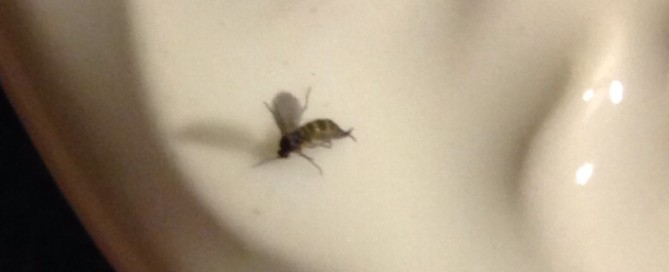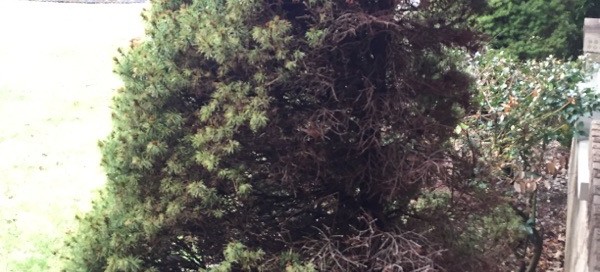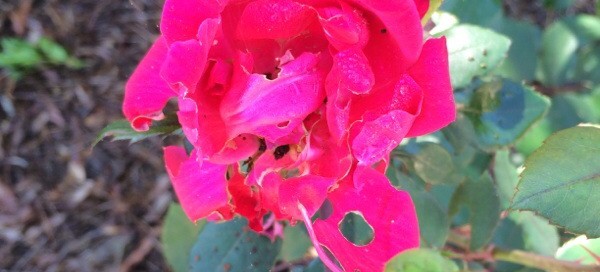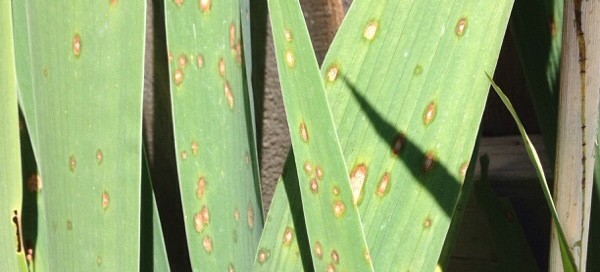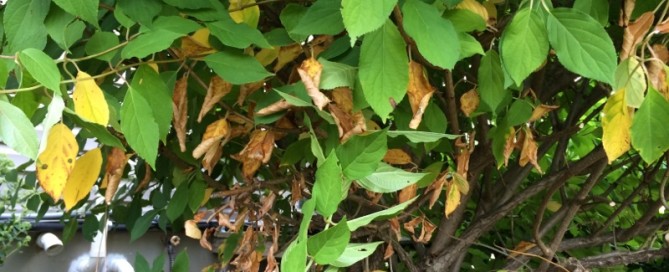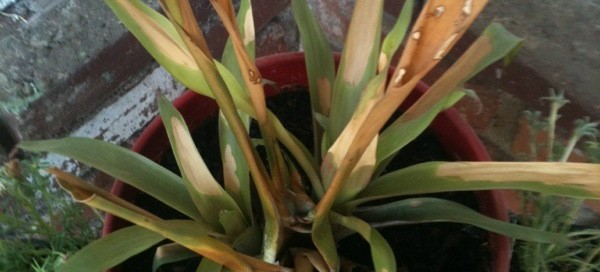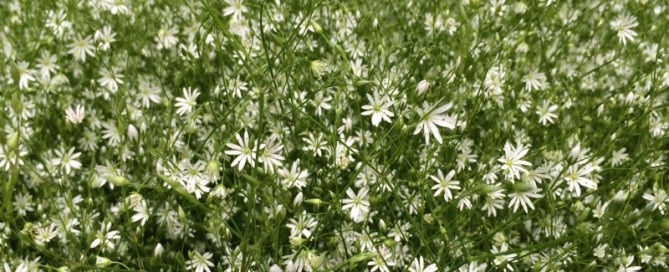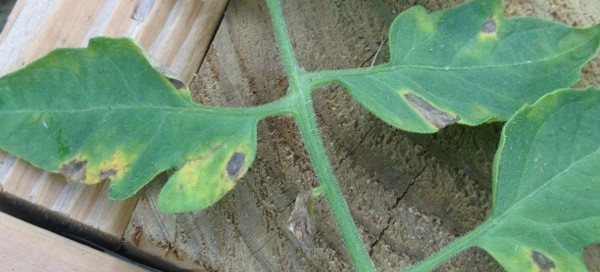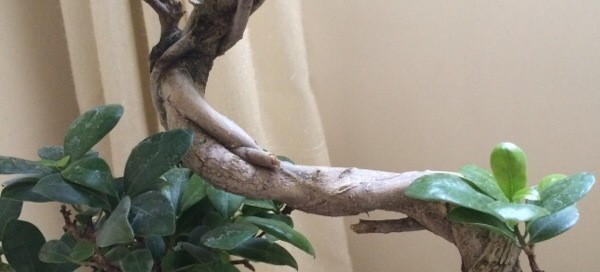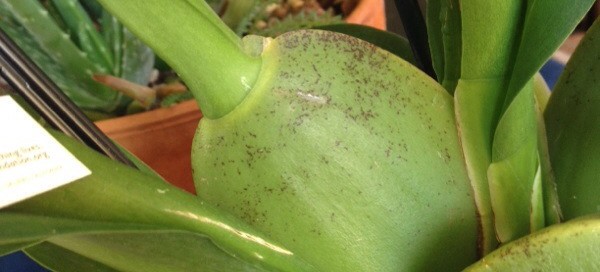Fungus Gnats
We agree with you that these are likely fungus gnats.If you see the adult insects fly away when you water, this is another indication that they are probably fungus gnats. Resembling fruit flies, their larvae feed on organic matter in the soil, and damage the roots of young seedlings. Soil that is kept constantly wet is especially susceptible to fungus gnats. To break the cycle from egg, to larvae to adult stages and to keep the adults from continually laying eggs in the soil, reduce watering as much as possible without damaging the plant and cover with a layer of horticultural sand available at your local garden center (do not use beach sand). You can also use yellow sticky traps (again available at your local nursery) to capture the adults.
